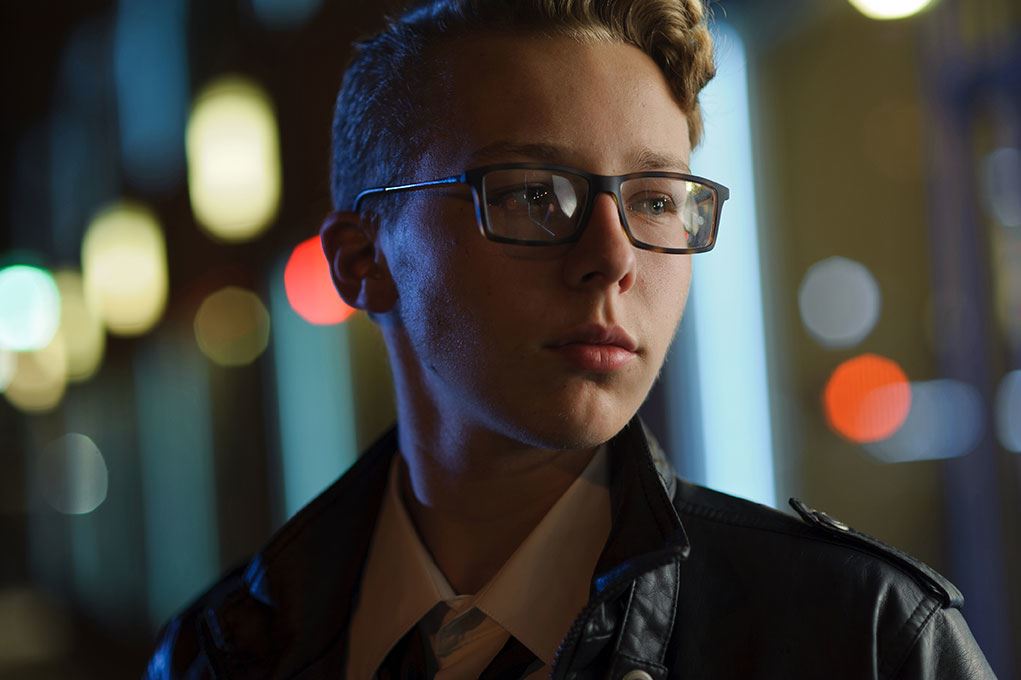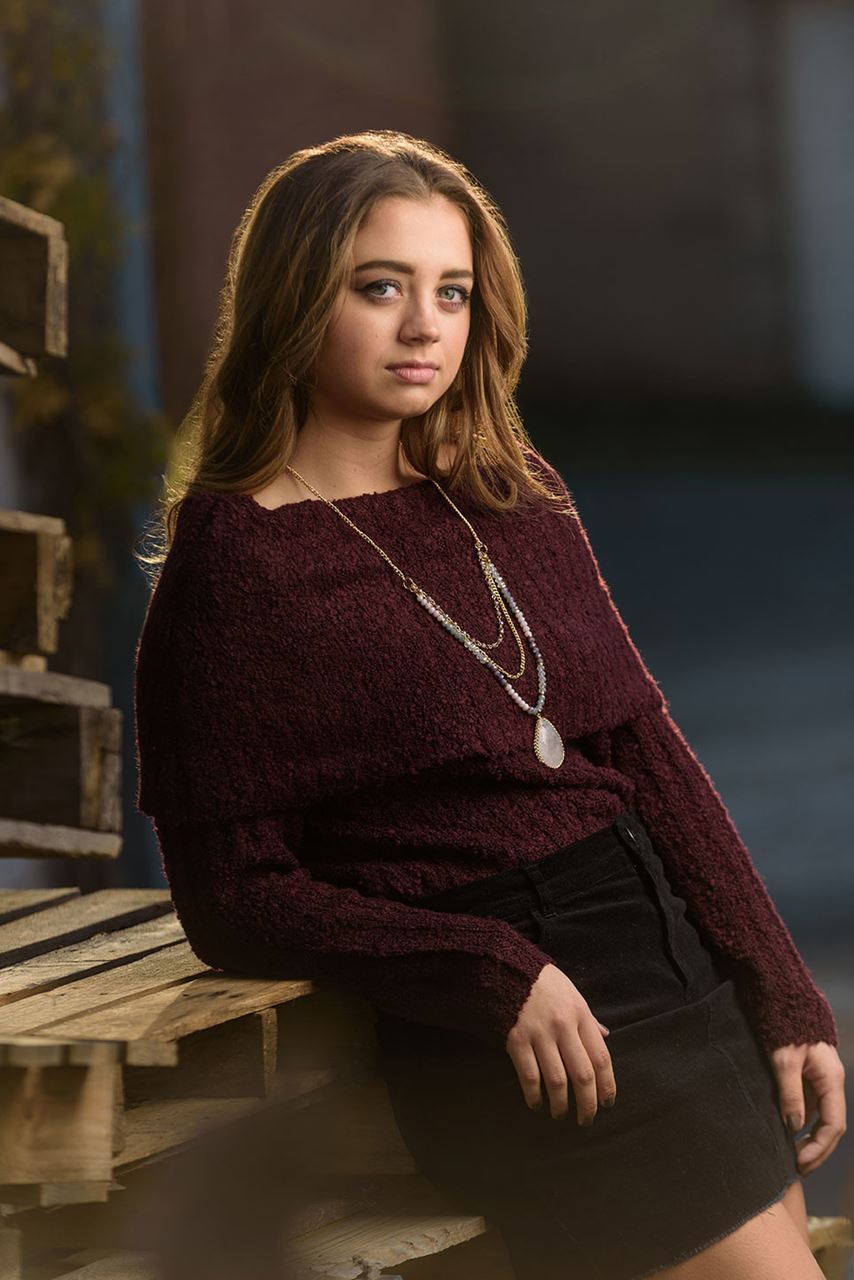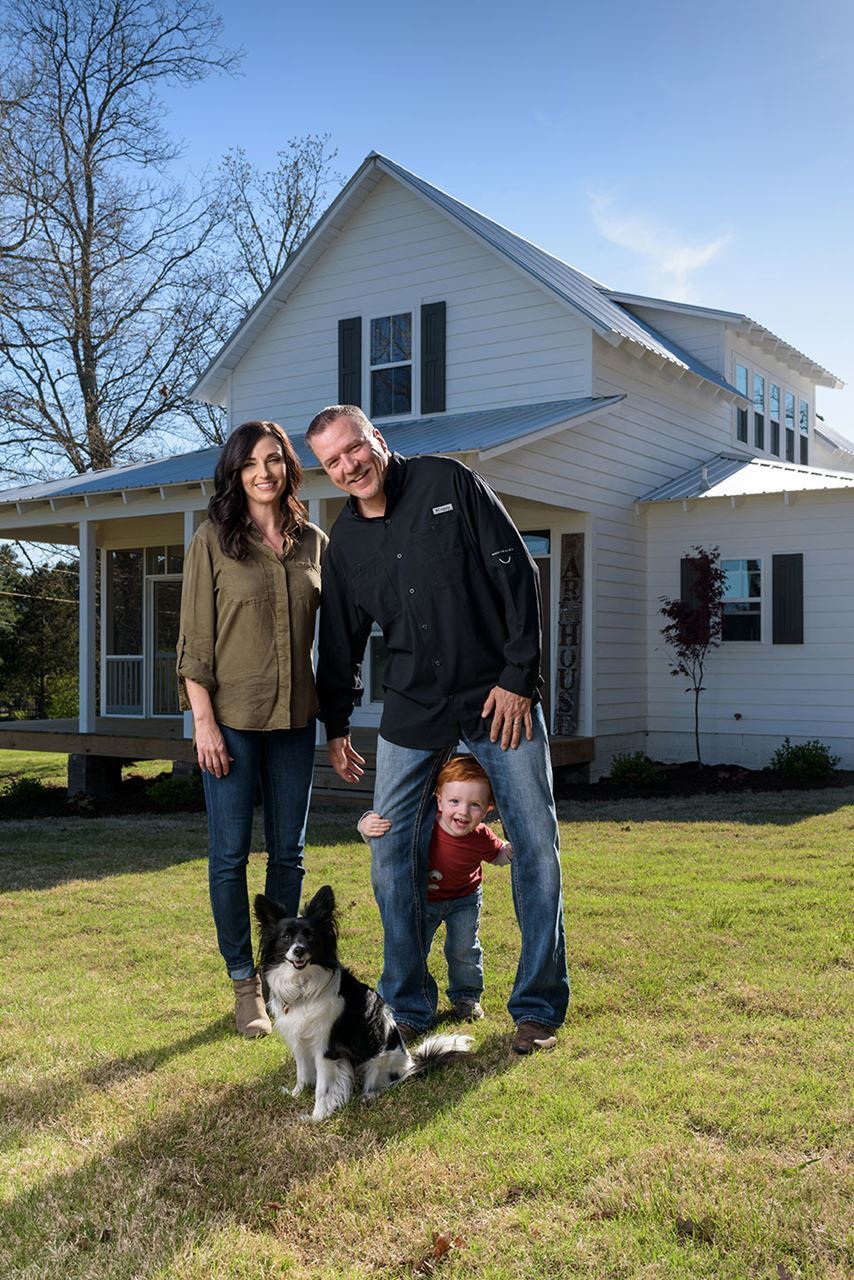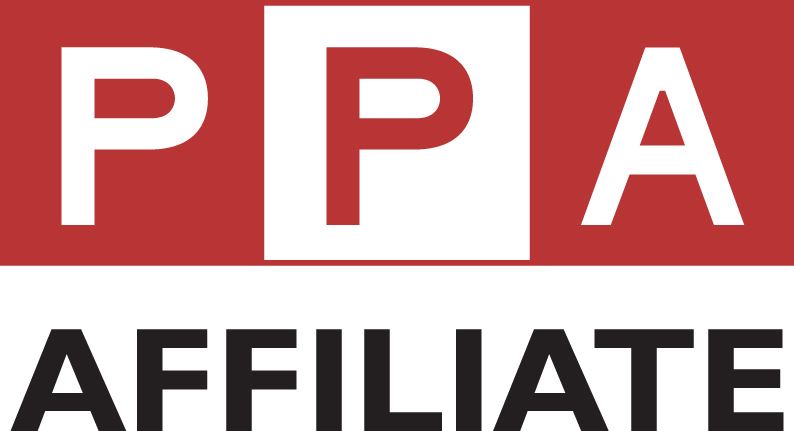.jpg)
MIKE KEMP | CONWAY, ARKANSAS
Below is an article featuring Mike written for 501 Life Magazine
I didn’t really intend to be a photographer. I really meant to be a doctor.
An anesthesiologist. Really. Which is a strange side road I took. I’ve always been a visual person. I spent many hours in school doodling in the margins of my notebook, or drawing in study halls.
The love of photography also took an early root in my life. My dad and uncle both worked for newspapers; my dad in advertising, his brother in the editorial side. My dad provided me with an old Ricohflex twin lens reflex camera and would bring film home from the paper to run through it. He would return with proof sheets from the processed film, which was a treat.
My uncle would go further. He would loan me his old Canon 35mm camera, encouraging me to take as many photos as I wanted. He would also give me proof sheets from the processed film, but one day offered to take me into the darkroom to show me how the process of printing looked.
To a teenager, it was akin to seeing something that should have been in a Harry Potter novel. Dropping a piece of paper into a mysterious chemical after exposing it very carefully to light through an enlarger, and then watching the image come to life in the developer was magical.
I wanted to follow that path, but had a bit of a knack for the sciences in high school. I determined a medical career would be a good choice, but taking a basic chemistry class in my freshman year of college persuaded me otherwise.
I wandered for a semester or two, eventually taking a photography class as a last-ditch effort to salvage my grades during the summer semester.

Turns out, I had a bit of an interest and talent for photography.
I followed it with a part-time position at the end of that summer with the local newspaper. I wrote about sports but also spent a lot of time in the darkroom subbing for the darkroom tech. It was a heady experience for a 19-year-old trying to find out what drove him professionally.
After college, I bounced between photojournalism and studio work. I settled more into photojournalism, which really was a rewarding job personally if not financially. As a photojournalist, a larger skill set is required; you need to be good (or at least competent) in many areas due to the variety of assignments you face as well as the constraints of time and location that you face.
Photojournalism also allowed me to meet a variety of people of all walks of life. It was never pleasant to be witness to those in their darkest hours, but I felt - and still do - that the visual image is a powerful witness and testament to the lives and conditions of our families, friends and neighbors. I also felt privileged to meet everyone from the impoverished to the influential.
Working as a journalist is what brought me to Conway as well, landing a job with the Log Cabin Democrat in 1993. I worked with an incredibly talented group of people under strict deadlines and exacting standards. It took two attempts to get then-managing-editor Sonja Keith to hire me, but when she finally did, we became Conwegians and have not looked back.

I spent around 10 years as the LCD as well as another decade at the University of Central Arkansas, which pushed me in different directions. As a journalist, you are keen to show the truth without bias or a compromising viewpoint; at UCA, my job was marketing and public relations, which meant using imagery to show the positives of a growing campus and all it had to offer. It helped shape me for one of the biggest leaps I’ve ever taken.
In 2014, I lost my sister to cancer. It made me think about what I wanted to accomplish and living without regrets. I decided that in January of 2015 I would walk away from my established position to strike out on my own and start my own photography business.
The business model I had envisioned has worked out a little differently at times. I balance doing traditional portraiture of graduating seniors, families and portraits of all sorts with commercial work. Commercial work has a definite journalistic feel to it, as you never know what the next assignment will bring. I love that sort of a challenge.
I also enjoy the people I have met, which is one reason traditional portraiture is enticing to me. It’s wonderful to create heirlooms for families of graduating seniors. Although I don’t photograph weddings, I have done them on special occasions and feel privileged to be a part of the biggest day of a couple’s lives. It requires confidence and timing to capture each moment as it unfolds.
But what drives me as a photographer is being able to capture an elusive moment. In portraiture, it means cracking through the mask most of us tend to put up when the camera is pointed in our direction to get a genuine expression. It could mean analyzing angles that will make a business look its best, or creating a scene that perfectly captures a senior’s personality.
Mostly, it’s a love of people that ultimately brings me to this field. I am energized by being around people who want to create an image that accurately captures a moment in time that tells their story more completely. Sometimes I feel like I spend more time chatting with my subjects than photographing them. But the relationships that result are a driving force in pursuing this career.
When I started in the field, photographers spent hours in the darkroom, soaking in the smells under the amber glow of safe lights, doing a strange dance with our hands beneath an enlarger to selectively darken or brighten areas of a black and white print. Nowadays, many photographers lament spending more time in front of a computer screen than actually creating photographs. Technology has evolved and techniques changed, but I still believe in the power of creating a latent image..jpg)

My goal is to continually improve my craft while creating imagery that families treasure for generations. I sat down with a family once ordering senior portraits, and they began deciding what to get for the grandparents. They were choosing what they would like, since they would be receiving those portraits when the grandparents were gone.
That struck a chord with me. A portrait isn’t a commodity, a widget that someone creates and then discards. It has a captured moment in time, a person frozen in a latent image that shows who they were for that brief instant.
I once heard a photographer say, “I want to create images that your family will fight over when you’re gone.”
I don’t want to create any rifts, but I would hope that I can create images that inspire the same level of treasure and passion.

Mike currently serves as Vice President of the Board for APPA
www.mikekempphoto.com
LEARN. PRACTICE. GROW with MIKE AND APPA
-
July 17, 2025 9:30 AM • Holiday Inn Express, 811 East 4th St, Little Rock
-
July 18, 2025 8:00 AM • Clinton Presidential Library & Museum 1200 President Clinton Ave, Little Rock, AR
-
July 18, 2025 7:45 PM • Clinton Library Entrance - Little Rock

